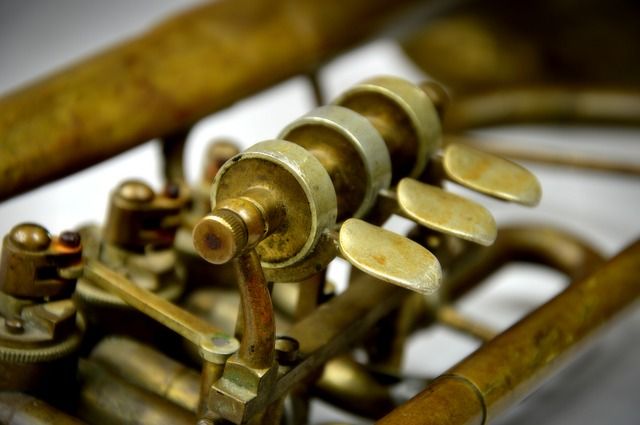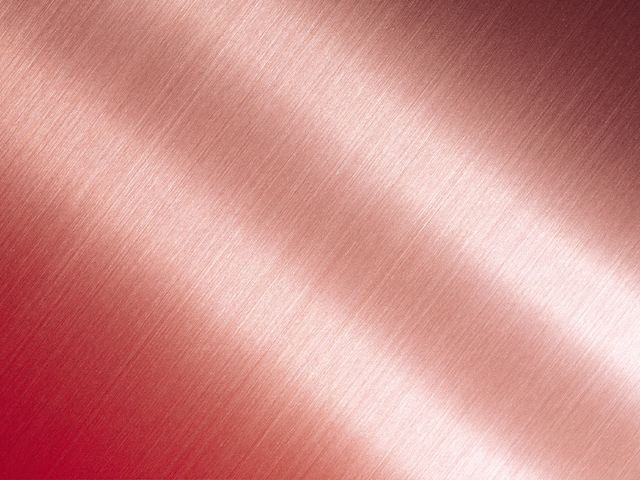There is no mistaking the beautiful warm glow of copper. This is primarily due to its unique and elegant color that has stood the test of time and the fact that it is still being used in modern homes today. One common problem with copper, however, as a trusted copper sheet supplier would confirm, is that it can easily succumb to oxidation. Before long the classy reddish shine becomes an ugly, muddled dark and green surface.
There are several ways to prevent or hasten the effects of oxidation on copper sheets and fittings. Here are some techniques used for preventing copper corrosion:
1: Grease It Up
A layer of grease spread on the surface of copper fittings and sheets can do a lot to stop corrosion. A jar of Vaseline is a great option to look into. However, this isn’t the best solution for decorative pieces as the layer of Vaseline can destroy the aesthetics. For hidden copper pipes and other fittings that aren’t seen by guests, grease is an easy, effective, and affordable anti-corrosion tool.
The grease covers up the copper’s surface and provides an airtight seal against the surrounding air and other elements that speed up the process of tarnishing and oxidation.
2. Paint Sealer
A quick and easy way to prevent copper from tarnishing is to spray or paint it with a special type of sealer. This sealer is usually readily available in the market and do a very good job of keeping an airtight seal on copper pieces. The limitation of paint sealing is the objects cannot be handled regularly as frequent touching will render the coating useless.
Save this spray sealer for precious copper pieces for display. This way they aren’t handled and exposed to oxygen so they keep their reddish shine for as long as possible.
3. Regular Cleaning and Proper Polishing
Copper sheet suppliers also suggest that owners who want to keep their copper pieces looking shiny, new, and beautiful for longer should also invest time in cleaning and polishing the pieces properly. Scheduling a regular cleaning session once a month while using proper techniques to avoid damaging the surface is a great way to prevent tarnishing.
Although cleaning and polishing isn’t foolproof because the pieces are still exposed to air, it does help a lot in many ways.
Worth The Effort
There is no 100% guarantee that these tips will prevent oxidation and tarnishing. They are however, very effective in delaying the effects. It takes a bit of work to protect copper pieces, but when they can last a decade without signs of tarnish, that is already a major accomplishment.
Sources:
3 Ways to Prevent Copper Corrosion, DoItYourself.com
How to Seal and Protect All Types of Metal by Applying Everbite or ProtectaClear, EverBriteCoatings.com



